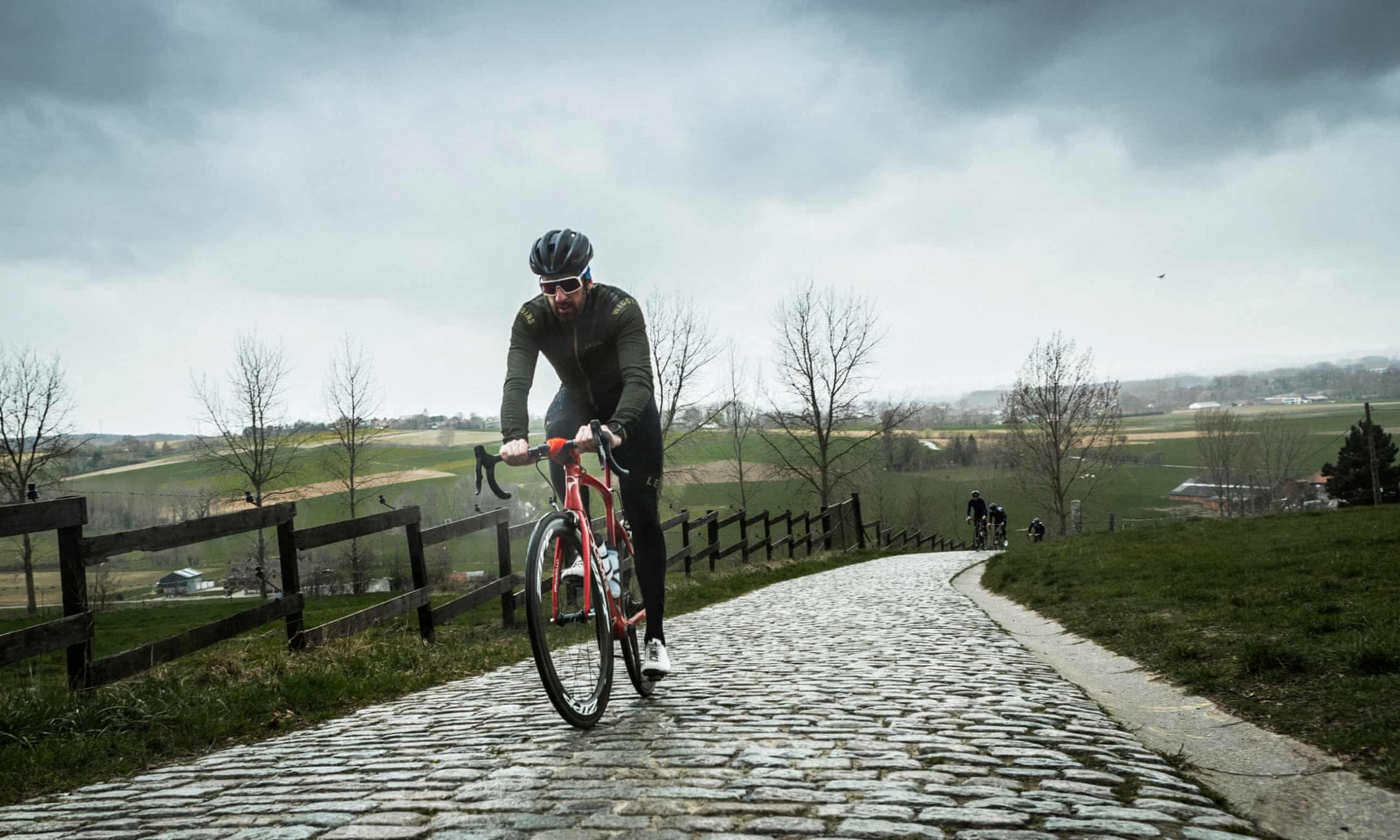
‘You couldn’t find a small area with more cycling history or more hospitality.’ Ahead of tomorrow’s big race, Wiggo takes us for a spin around his favourite hills, cafes and villages

An hour into our ride through the Flemish Ardennes, Sir Bradley Wiggins is in his element. In this small corner of Belgium, every hill and cobbled road has a tale to tell from a century of cycling history, and he knows them all. It’s a strange experience to have a Tour de France winner – and a man who has played a significant role in the local culture – as your tour guide, but here I am following in the wheels of not just one legend but the hundreds who have helped to shape a region where cycling is much more than a sport.
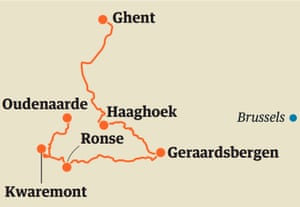
Starting some 15 miles south of Ghent and accessible via a wide, car-free cycle path beside the River Schelde, the Flemish Ardennes (quite distinct from the other Ardennes in the far south of Belgium) is the canvas on which the Tour of Flanders (Ronde Van Vlaanderen) paints itself each year. The anticipation builds week by week across the region and the atmosphere on the day itself is a combination of the London Marathon and the glory days of the FA Cup final. More than a million people line the roads and there is blanket television coverage.
Today, however, we are riding on the eve of Omloop Het Nieuwsblad, the traditional curtain-raiser of the Flemish cycling calendar, and Wiggins is showing us his favourite roads and cafe stops in the area, as well as explaining why it is such a special place to go cycling.
Wiggins was born in Ghent and devoted the latter part of his career to racing in the Flemish Classics. “The great thing about Belgium,” he explains as we roll down the cycle path, “is that you can drive an hour and a half from the Channel crossing and be in a completely different world. Drivers respect cyclists, you stop in a cafe and people welcome you and want to know where you’ve been. They embrace cycling.”
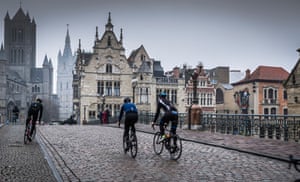
Unfortunately, the talking has to stop as we hit the Molenberg, the first of the day’s cobbled climbs. The rough, off-camber cobbles are a short but intense introduction to what cycling in Flanders is all about. You can imagine the speed of the peloton as they take the sharp corner and immediately hit the stones. The battle for traction and the challenge of picking the right line are tough enough solo; the thought of doing it surrounded by a hundred other riders seems nigh-on impossible. After a couple of kilometres on roads that crisscross winter fields, we arrive at the Haaghoek, a 2km cobbled road that the peloton will cross three times in the Omloop. This spot, north-west of Brakel, is popular with spectators and indeed a group of amateur photographers is waiting, hoping to catch a glimpse of the professional teams as they recce the Omloop course. Indeed, Greg Van Avermaet’s CCC Team passes us shortly after on the steep climb of Berendries, the Belgian Olympic champion’s favourite training climb.
If you were to ask a layman for an image of the Tour of Flanders, they would probably conjure up Eddy Merckx or Fabian Cancellara rounding the final corner on the Muur van Geraardsbergen, the impossibly steep and roughly cobbled climb up to the pretty church that sits above the town, offering spectacular views all the way to Ghent in the north and Brussels to the east. The climb still resonates for Wiggins, despite having ridden it countless times in his career. “It’s something special climbing out of the market here,” he says. “When I ride up the cobbles, I’m still seeing Johan Museeuw [the Lion of Flanders and three-time winner of the Ronde] attacking out of the saddle. I get the same feeling riding as I did when I was a kid, watching – the climb is just iconic.”
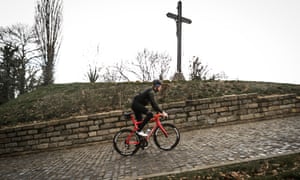
Over a coffee and a mattentaart (a sweet curd pastry native to the town) in Bar Gidon – a cycling cafe on Geraardsbergen’s market square, where each chair bears the name of a winner of the Tour of Flanders and the walls are festooned with jerseys – Wiggins elaborates on why the Flemish Ardennes is such a great place to ride. “It’s basically a Scalextric track of cycling history. Every street and hill has a story, and it’s never-ending. If you rode every day for a week, you’d still have climbs and roads that you haven’t seen, that are different.”
After departing Geraardsbergen, we take some of these roads-less-travelled – with beautiful views across rolling hills and forests – to Brakel, home of two-time Ronde winner Peter Van Petegem, and on to Ronse, a small town that has twice hosted the World Championships. Along the way, we pass bars hosting supporters’ clubs for local professionals, and residents tidying their gardens in preparation for the coming month, when their houses will appear on televisions across the world.
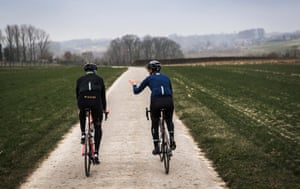
As we pedal, Wiggins says, “I always enjoy the feel of riding here.The buildings, the bars, the cafes are all part of the races. If you go to the Alps, you can maybe ride one or two climbs in a day and stop in a cafe that doesn’t care that the Tour de France passes through. Here, you can ride the whole track of a famous race, take in so many different kinds of riding, and stop somewhere where they love cycling and welcome you.”
A little later, having climbed the famous cobbles of the Oude Kwaremont, we do just that. D’Oude Hoeve is a beautiful cafe, still heated by a 19th-century range, on Kwaremont’s Ronde Van Vlaanderenstraat, where the names of every winner of the race are stencilled on the road. The cafe walls are adorned with pictures of cycling champions past and present, and after taking a picture with “Sir Wiggo” to add to her collection, our host, Joëlle, serves us some of the region’s famous beers and dries our jackets on the range.
Sadly, we can’t stay all afternoon. The next challenge is the Paterberg, a hill with an average gradient of 12.5% but with its steepest section topping out at 20%. The Paterberg is a relatively recent addition to the climbs of the Tour of Flanders, paved only in 1986 by a farmer, jealous that his friend lived on the infamous Koppenberg (maximum gradient 22%), some 3km away. That somebody would want a steep, cobbled hill to send cyclists up for their own amusement is a good illustration of the significance cycling has in Flemish culture; that the Paterberg now enjoys the same “protected monument” status as the historic centre of Bruges is another. This is the last climb of our ride and it is here that Wiggins shows the class that defined his career, leaving us all in his wake to cruise over the crest alone.
We finish our day’s ride with a 5km run down another car-free cycle path to Oudenaarde, the small town at the heart of the Flemish Ardennes and the finish line of the Ronde since 2012. On arrival, Wiggins makes a beeline for De Carillon on the main square, the oldest cafe in town. Over the classic Belgian snack of frites and mayo, Wiggins says, “Wherever you rode in the world you couldn’t find a small area with more history or more hospitality. And it’s not just the famous climbs. It’s the places you visit along the way, the cafes and the villages. It’s just a no-brainer.”
• For more details visit cyclinginflanders.cc
Pit stops: 5 classic Flemish cycling cafes
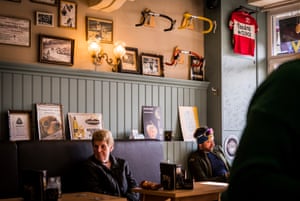
Bar Gidon
On the market square in Geraardsbergen, Bar Gidon is the place to steel yourself with a coffee and a mattentaart pastry before taking on the Muur. The interior serves as a cycling museum, with jerseys from former and current pros, autographs from visiting stars on the tables, and each chair named after a Ronde winner.
• On Facebook
In Den Groenen Boom
Run by Lien and her family, In Den Groenen Boom is a hidden gem at the end of the cobbles of the Holleweg. Although the bar may appear deserted, it is always open, and once someone emerges from the kitchen you can be sure of a warm welcome. On race days, however, the place is transformed. This is one of the venues where racing teams take their VIPs to get a taste of what cycling really means to Flemish people.• Geraardsbergenstraat 155, Oudenaarde, no website
D’Oude Hoeve
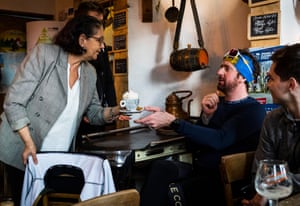
Every cycling fan should call in on Joëlle at D’Oude Hoeve. The cafe is on the Ronde Van Vlaanderenstraat, across the main road from the top of the Kwaremont, where the names of every winner of the race are stencilled on the road. Entering the cafe is like stepping back in time, and if you ask nicely you can even dry your wet gear over the range.
• doudehoeve.be
De Carillon
A stone’s throw from the finish line of the Tour of Flanders, De Carillon is the oldest bar in Oudenaarde and a classic bruin cafe, the Flemish term for a traditional, unpretentious bar. The style of the building, the low beams and the atmosphere are all unmistakably Flemish. The cafe is on the main square, the perfect place to finish your ride.
• decarillon.be
Flanders’ best cobblestone climbs
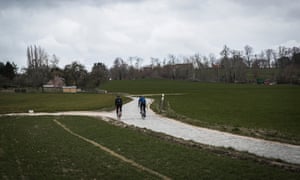
Oude Kwaremont-Koppenberg-Paterberg
This trio of classic cobbled climbs over only 11km sits just outside Oudenaarde and can be ridden in the order they appear on the Ronde. First comes the Oude Kwaremont: at 2.2km, the longest cobbled climb in the region and the scene of countless dramas, including Peter Sagan’s 2017 bid for victory ending when he hooked a spectator’s jacket with his bars.
Since 2012, the Paterberg has been the ultimate climb of the tour and often marks the decisive point of the race. The Koppenberg, at 22%, is both the steepest and the worst-surfaced climb in the Flemish Ardennes – a combination that makes you unsure if you will be able to ride up it, no matter how experienced you are.
Haaghoek
Between Horebeke and Brakel, the Haaghoek is a 2km cobbled strip, starting with a fast descent (at 70km/h by the pros), then through pretty farms. It’s used three times in the Omloop and is a popular spot for watching the races.

Molenberg
A short but intense introduction to cycling in Flanders, this roughly cobbled surface has an average gradient of 7%, with its steepest point at 14.2%. In Zwalm, 25km from the centre of Ghent, it is a protected monument, with, at its foot, a 13th-century watermill, the Moldergemmolen.
Muur van Geraardsbergen
The impossibly steep (average 9.3%, steepest section 19.8%), roughly cobbled ascent to the pretty church above the town of Geraardsbergen is one of the most famous climbs. The 1988 Tour of Flanders winner, Eddy Planckaert, said: “The Muur is a rendezvous with your character.”
Cobble loop
Just outside Oudenaarde, it’s possible to ride a 5km loop exclusively on cobbles, via the Wolvenberg climb. First comes the Ruiterstraat, a fast, slightly downhill section into the village of Mater and on to the Kerkgate used in almost every Flemish race. Following this road brings you to Holleweg, which boasts cobbles rough enough to rival Paris-Roubaix. Luckily, there are a number of good cafes to rest in along the loop.

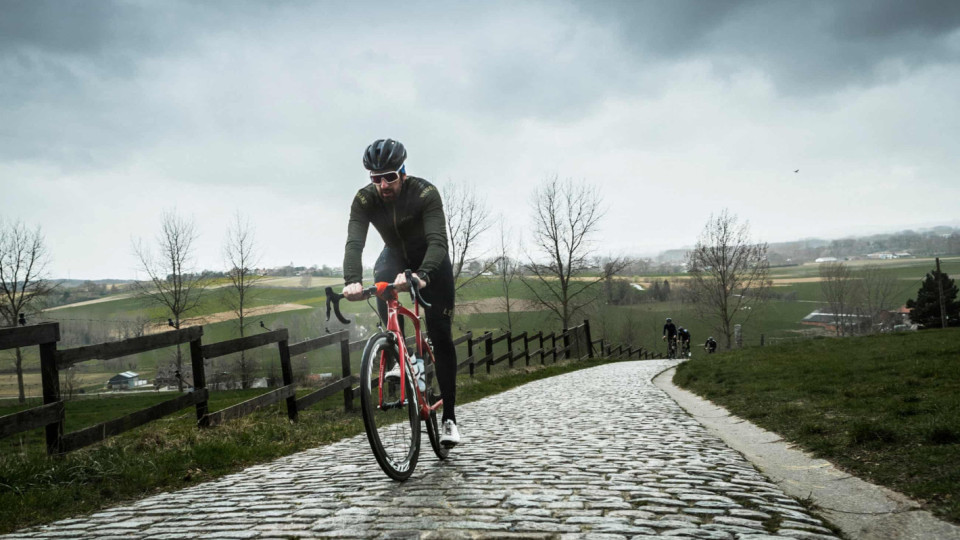
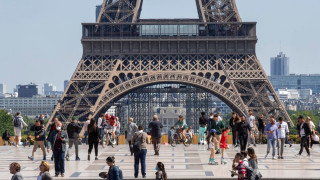





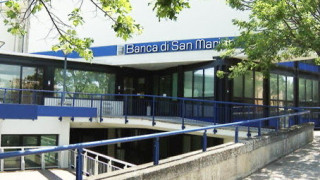
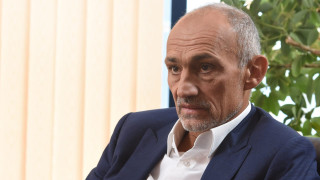

Leave a comment